Being stuck indoors when there’s bad weather can be challenging for kids who crave movement. Parents and teachers may despair when their kids get dysregulated from the loss of outdoor play. Fortunately, there are many ways to help sensory seekers meet their needs indoors.
Indoor Sensory Seeker Activities
1. Obstacle Courses
Customize your obstacle course to appeal to your kids’ ages and preferences. Make a pathway with Spot Markers. Have kids crawl through the Crawl and Calm Resistance Tunnel and roll their way across the floor in an Air-Lite Barrel Roll. Include a Bounce Board to jump off of and land on a bean bag chair. If you want to incorporate precision movements, then set up an empty basket to throw Emotion Balls into or use the Monster Bean Bag Toss; kids need to get all the balls into the basket before they can move on to the next stage.
2. Dynamic Movement
Not only do sensory seekers crave movement, but they need dynamic movement. Moving their bodies from side to side or front to back provides a lot of active input to their sensory systems. Scooters and bikes are great tools for dynamic movement. Learning to control a mobility tool also teaches balance, hand-eye coordination, motor planning and directional skills. Especially for kids with visual motor challenges, mobility is a key to navigating their world safely.
3. Swing into Action
You can suspend a swing from the ceiling, a doorway or use a freestanding swing frame. Once your suspension is installed you can swap out the swing as often as needed to match your kids’ mood. Opt for a Raindrop Swing or Cozy Compression Swing to get an extra dose of heavy work and deep pressure input. Try the Adjustable Double Trapeze Bar Swing to work on motor planning, strengthening and vestibular input.
4. Hop, Skip and Jump
Deep pressure input combined with active movement can calm a jittery nervous system. Jumping on a Bounce Board or trampoline to the beat of a song helps focus and organize a busy brain, while the deep input to joints and muscles calms and soothes. Kids can launch themselves onto a Crash Mat for even more proprioceptive input.
5. Freeze Dance
Use Hand Eye Coordination Scarves to add color and visual stimulation for a fun game of freeze dance. Listening to the stop and start of the music teaches kids regulation skills. End with a slow, calmer song to bring high energy levels back down to a manageable level.
6. Balance
Give your kids a challenge while improving their motor coordination skills. Use a Puzzle Beam Set or arrange a set of Balance Blocks to walk along. Rock back and forth or do yoga poses on a Wooden Balance Board to develop body awareness. The focus kids use to maintain their balance will increase their attention, improve self-confidence and build resilience.
Bad weather may frustrate plans to play outside, but it’s a great opportunity to get creative and come up with new activities indoors! Involve your kids in choosing what type of activity to try and see what they come up with.
Explore our collection of active toys and tools to discover new and exciting ways to play.

















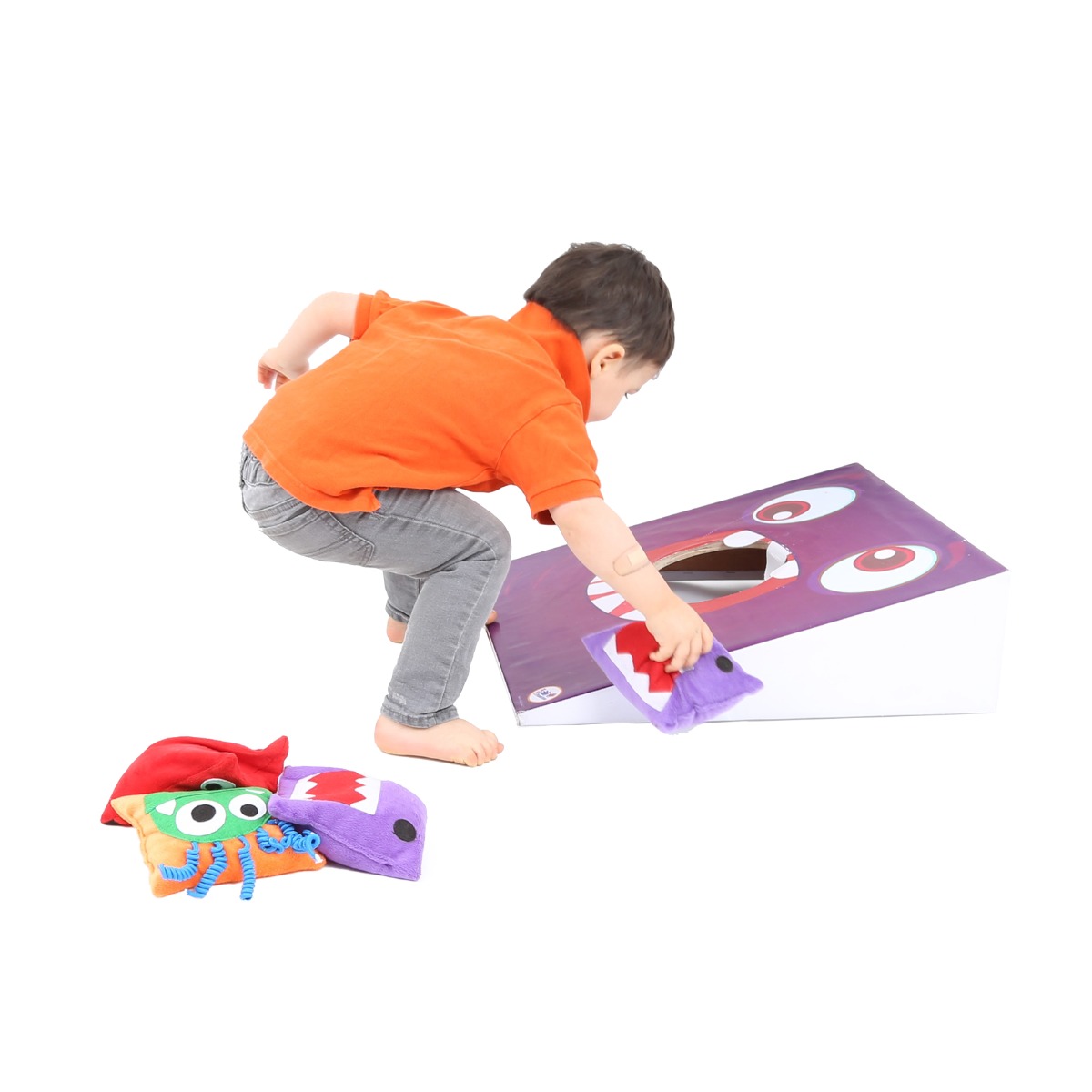
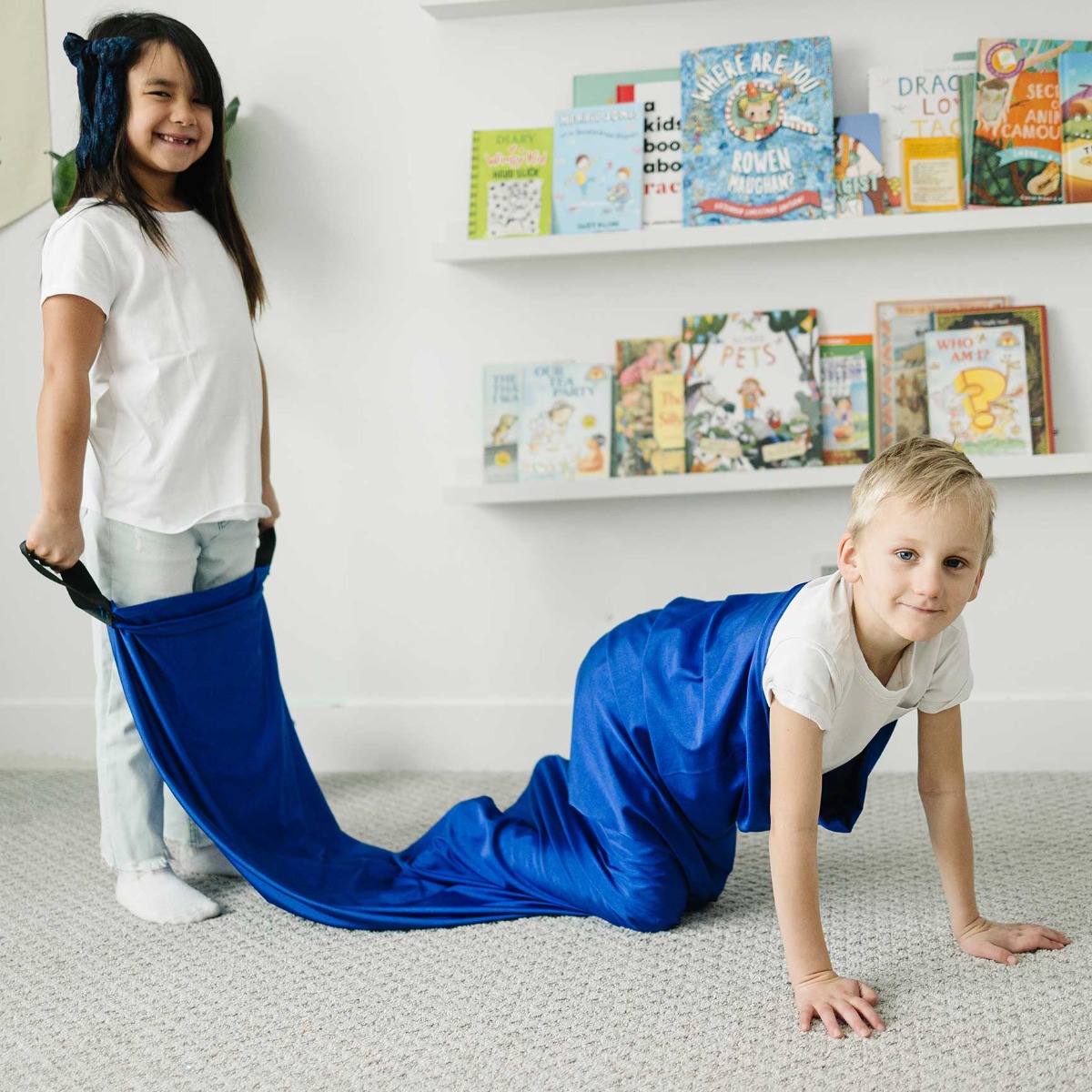
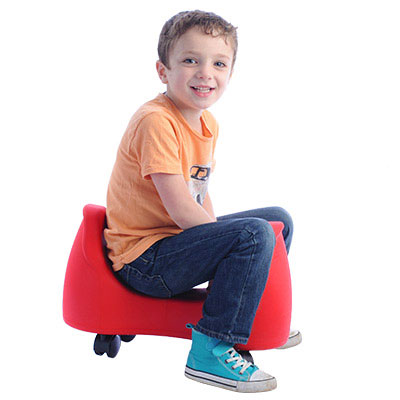
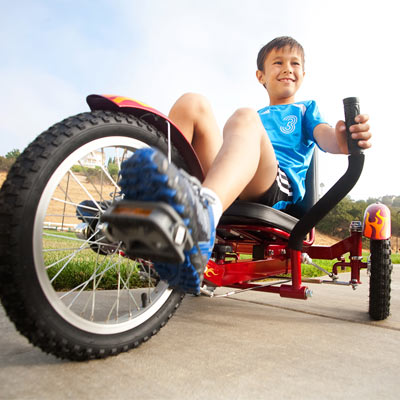
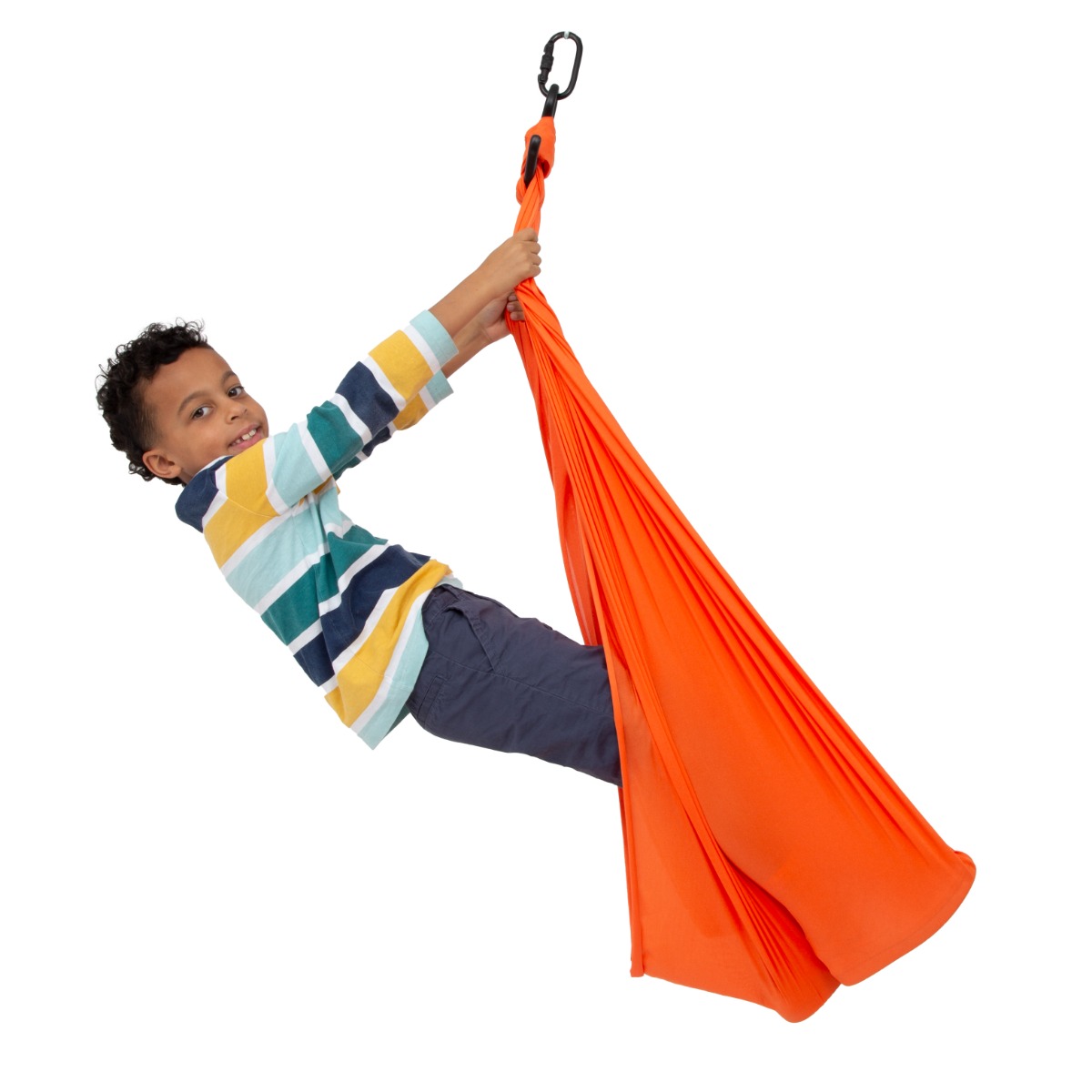
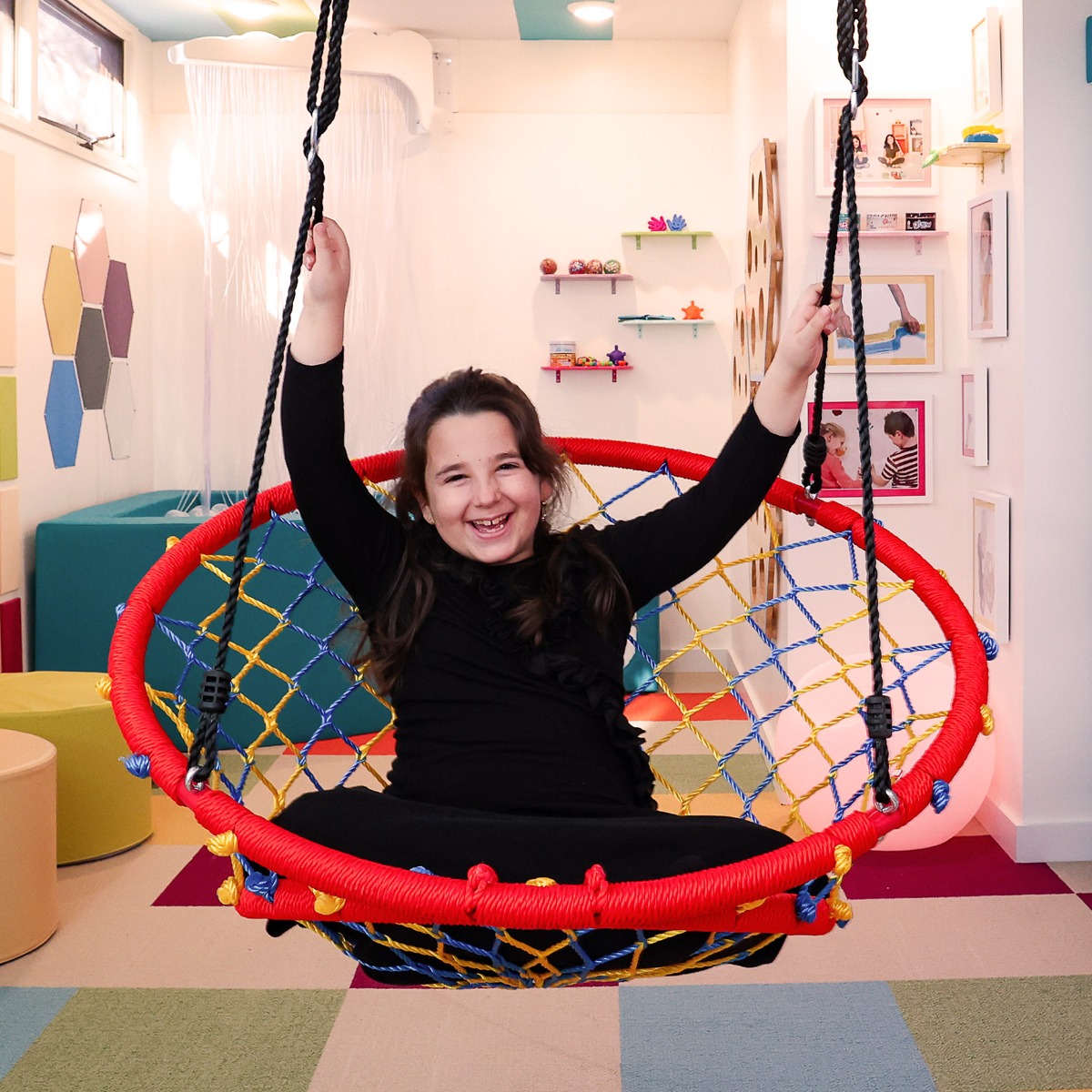
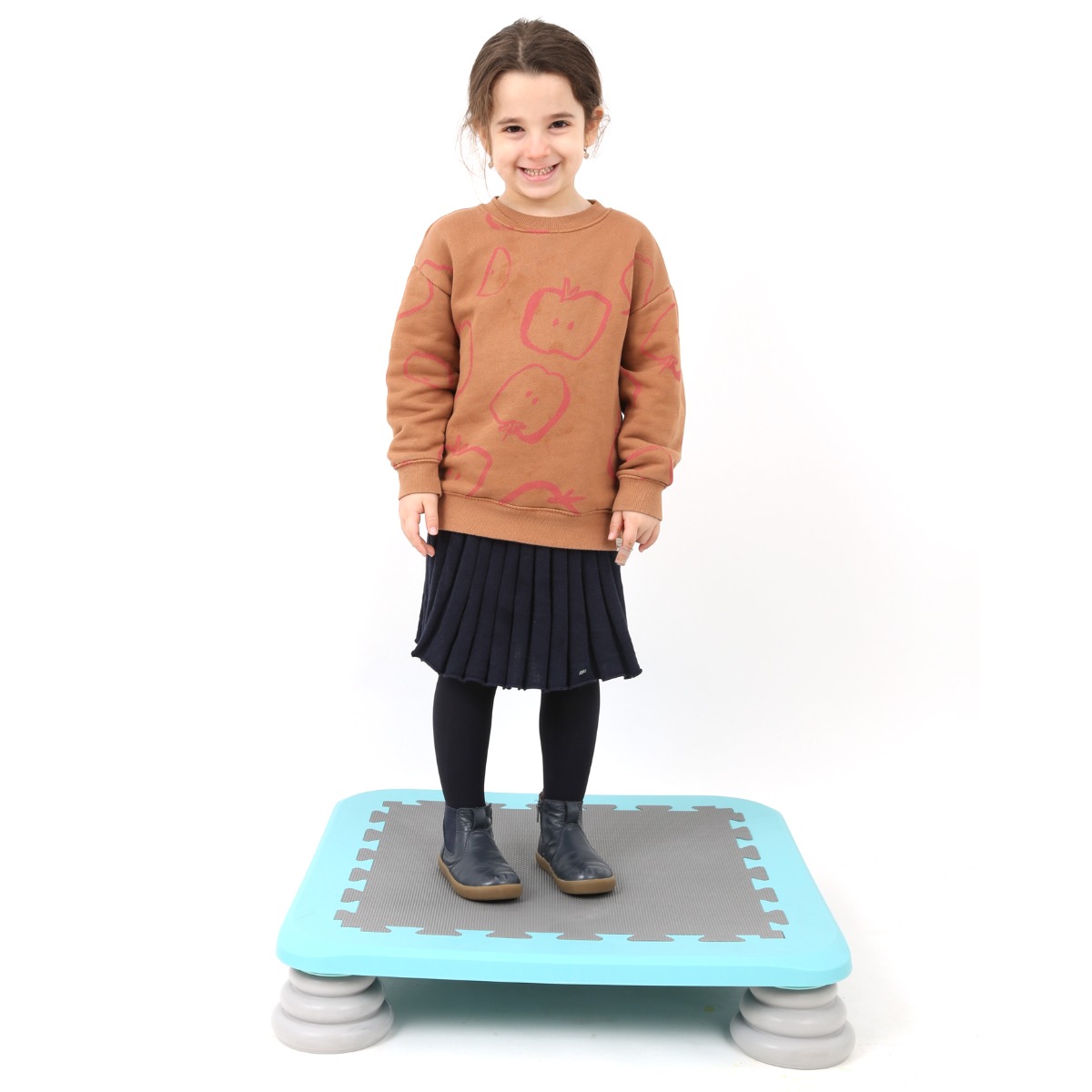
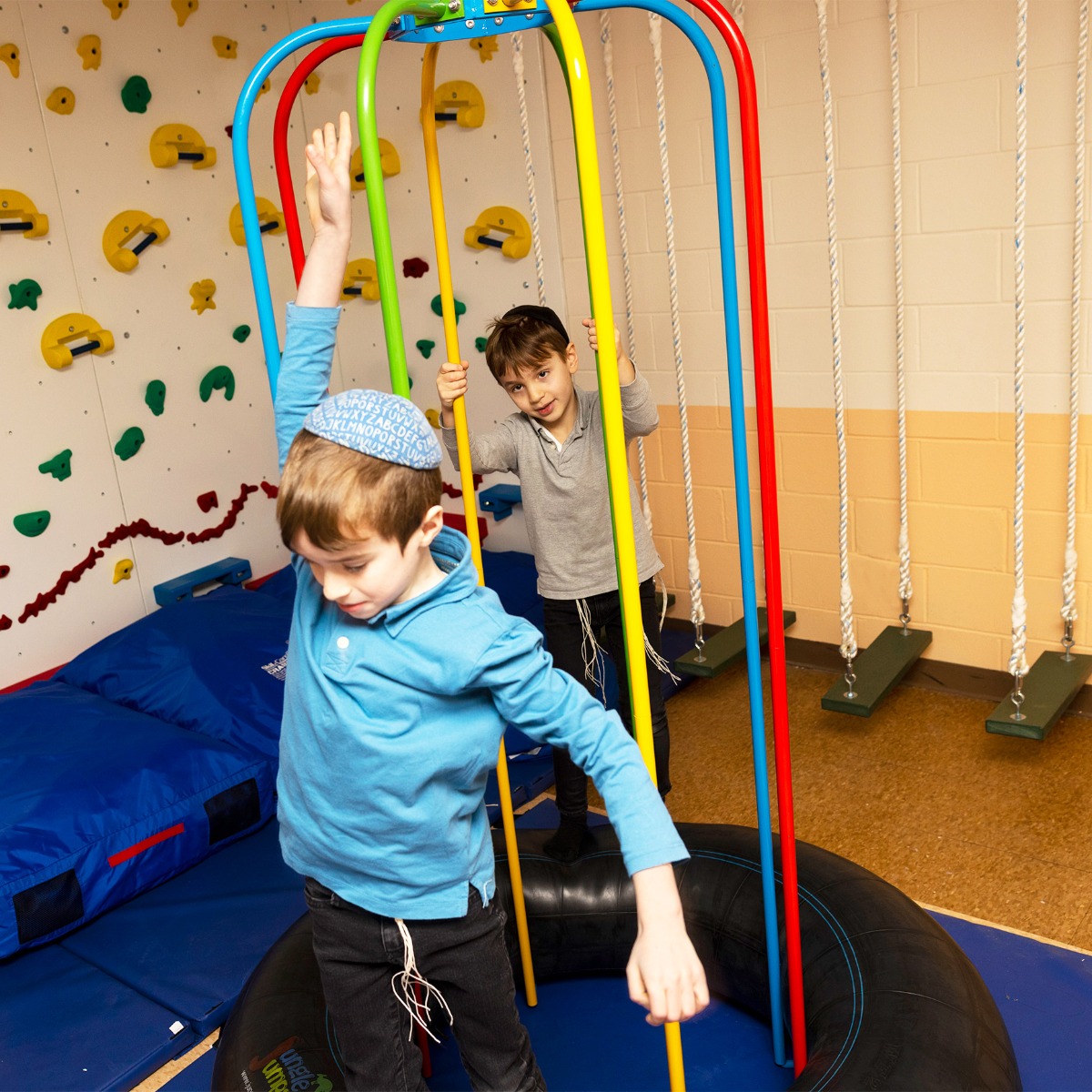
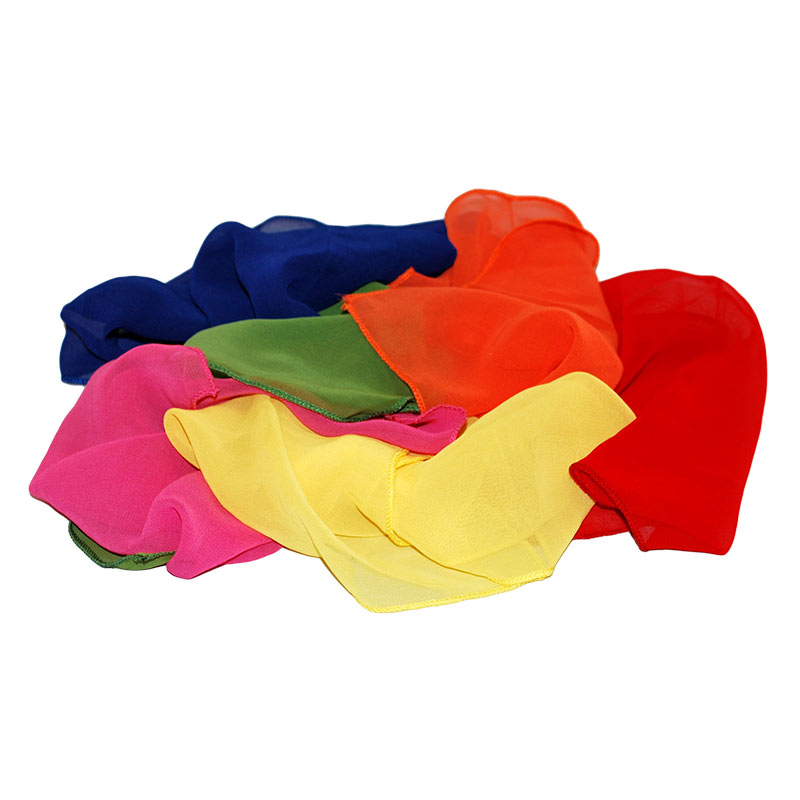
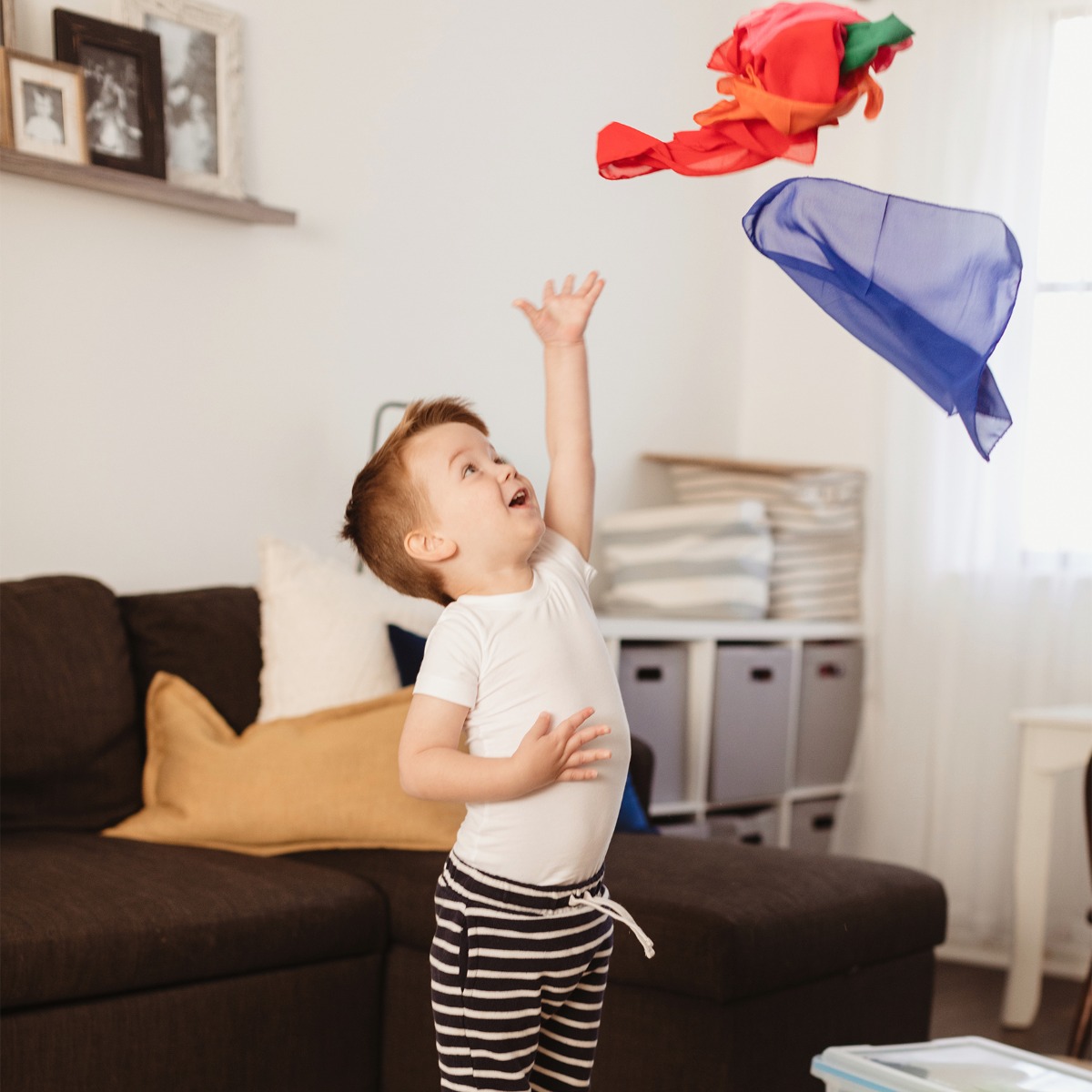
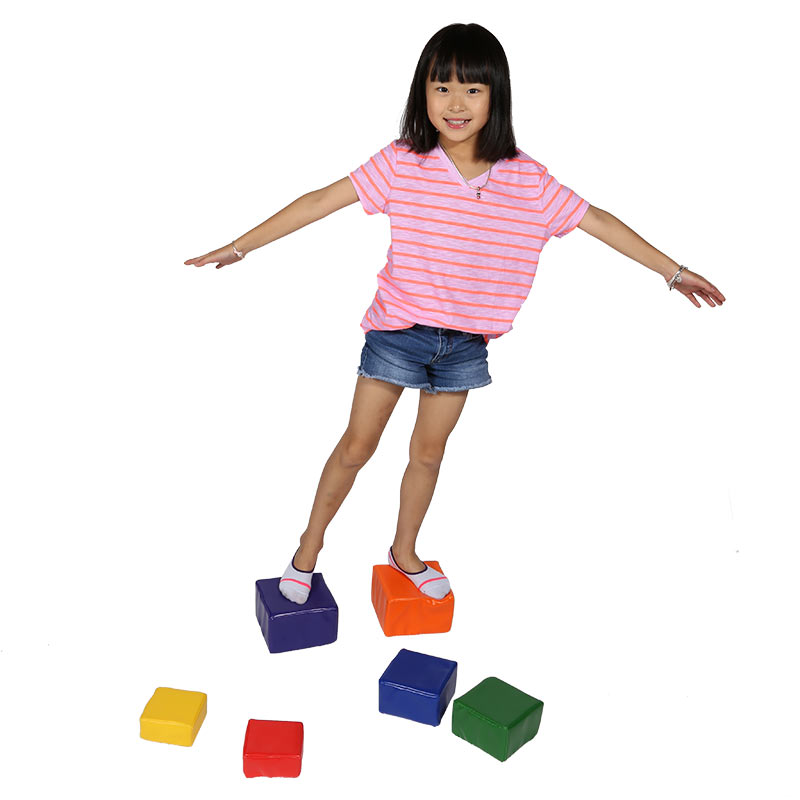
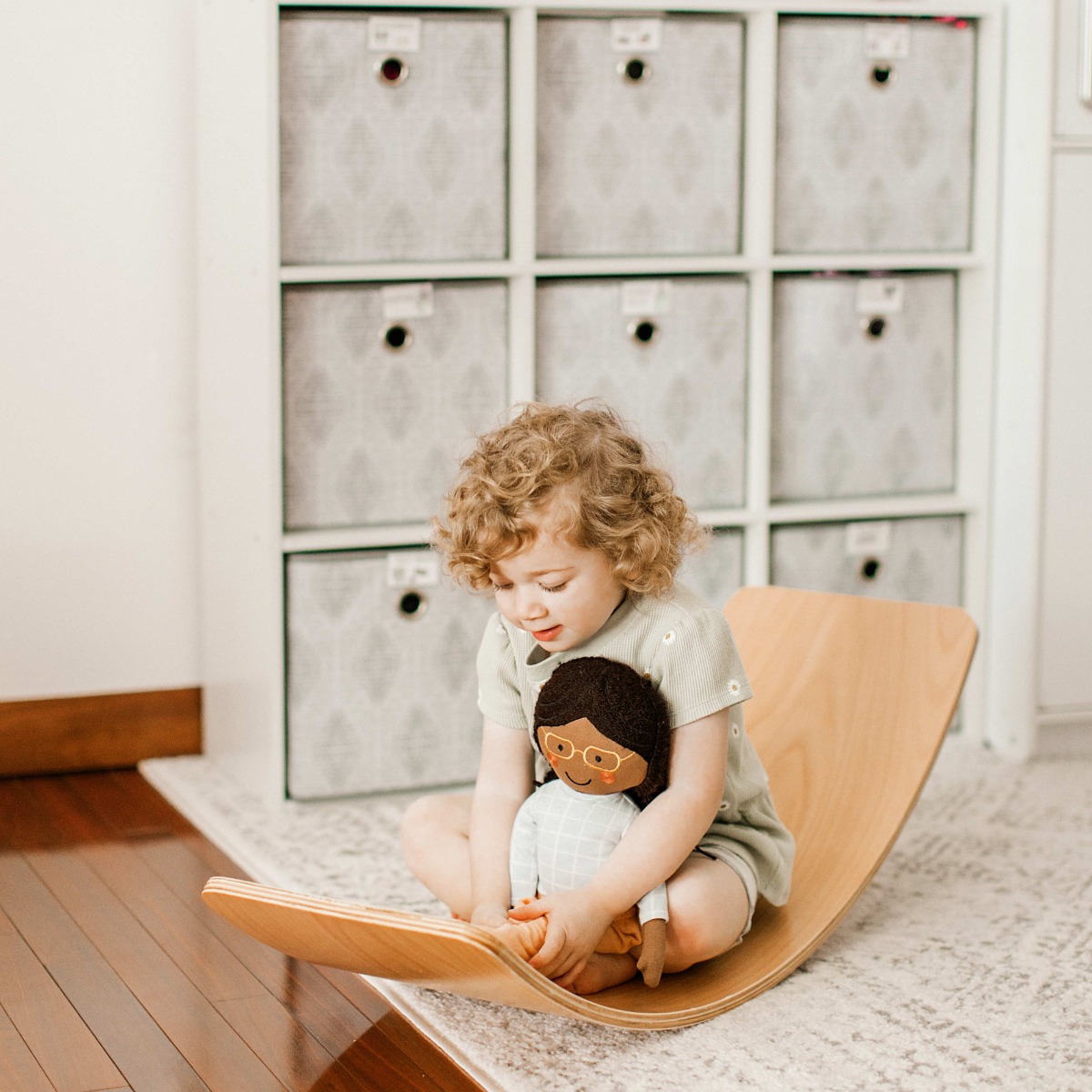





Comments